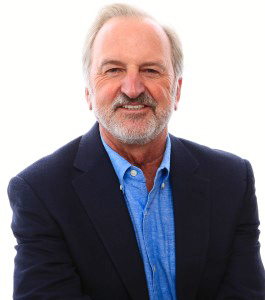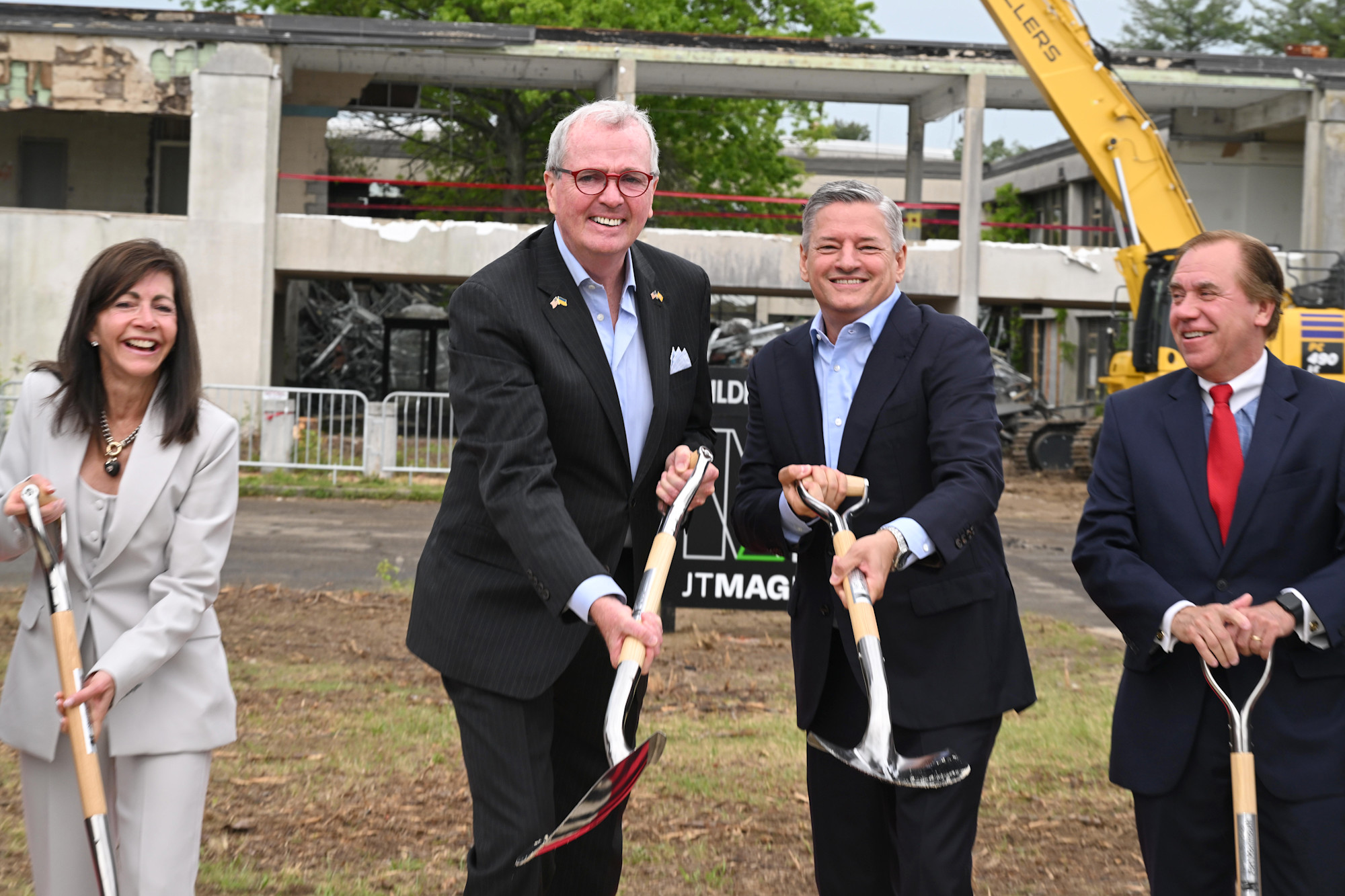Marc Hand: 3.0 To Enable New Services For Public TV

WESTMORE, Vt. — WKAR, Michigan State University’s public television station, was granted an experimental license from the FCC to begin ATSC 3.0 transmission.
The station will join a small, but growing number of TV broadcasters around the country that are on-air with Next Gen TV service.
Given its proximity to Detroit and the research muscle available in various departments on campus, WKAR will give the broadcast industry the opportunity to examine how broadcasting data via 3.0 — not over 5G wireless circuits — may play into the future of vehicles, autonomous or not.
Beyond transportation, the station has other investigations to do, such as looking at how 3.0 can be used to better educate children.
However, the most important thing WKAR could do by beginning 3.0 operations is simply to serve as a lighthouse to other public TV broadcasters, pointing the safest routes to new service opportunities and warning against the hidden hazards just below the surface that could bring calamity to a Next Gen TV rollout.
I spoke with Marc Hand, CEO and co-founder of the Public Media Company, this week about why the WKAR deployment of ATSC 3.0 is important and what the Next Gen TV standard offers public television stations nationwide.
(An edited transcript.)
Get the TV Tech Newsletter
The professional video industry's #1 source for news, trends and product and tech information. Sign up below.
TVTechnology:WKAR in East Lansing, Mich., announced it has been granted an experimental license from the FCC for ATSC 3.0 operations. What’s the significance of this, not just for WKAR, but more broadly for public broadcasters around the country?
Marc Hand: I think this is both an important and significant next step in an ATSC 3.0 Next Generation future for public television. The reason it is important is because this is the first public station to enter the arena to do ATSC 3.0 television.
I think for WKAR, being tied to Michigan State, there are a number of broader research, development and testing areas that they can move into, given the depth all of the departments of Michigan State have. This link to the Michigan State departments offers an opportunity to build a range of technology and consumer tests that could then apply more broadly to public stations. Their proximity and ties to the auto industry may also offer opportunities to test ATSC 3.0 uses applied to future autonomous vehicles.
[Read: WKAR First PBS Station To Gain FCC Authorization For ATSC 3.0 Broadcasts]
Overall, the ATSC 3.0 WKAR test is important for public broadcasting because we do feel that there are a number of areas that are emerging in 3.0 that will provide important service and new revenue opportunities for public broadcasting.
This experiment will help WKAR and the system as a whole to be able to test and develop ATSC 3.0 applications that ultimately will be substantially important for public broadcasting and the communities they serve.
TVT:One of the roles the Public Media Company fulfills is advising public broadcasters on the opportunities presented by ATSC 3.0. Which are most important and why?
Hand: The core of why 3.0 is so important for public broadcasting is because the business model of public broadcasting is built on service to audience, and that includes a range of things that will be made available by 3.0 technology.
That includes much more in-depth opportunities in the area of education. We see that as an important broadening area of service. Public broadcasters can really leverage the technologies of 3.0 to better serve audiences in the educational area.
Certainly, emergency services and some of the testing that public broadcasters are doing. Particularly, we see emergency alerting as an important area.
Thirdly, in the theme of better service to audience, I think the ability to target content and enable audiences to have a more in-depth ability to explore content under public broadcasting, I think, is going to be an important, critical piece.
I think the whole area of data and data distribution and better data understanding audiences will be important. Those capacities under 3.0 are going to enhance the ability of public broadcasters to better serve their audiences.
We also feel there are other new technologies, particularly in the area of immersive sound experimentation Dolby is doing. Those areas could not only enhance what public television is doing but enhance the services public radio is providing.
We see that as the technology develops there will be new emerging areas. That ties back to why the experimentation with WKAR is so important. We’d like to see those kinds of things happen in other markets with other public broadcasters to be able to enhance the testing WKAR is doing.
TVT:You brought up immersive audio enhancements for public TV and radio broadcasters to better serve their audiences. What do you have in mind?
Hand: An example is we did a presentation on ATSC 3.0 in Denver, and we invited Rocky Mountain PBS and Colorado Public Television Channel 12 and Colorado Public Radio and KUNC up in Fort Collins-Greeley, Colo.
We see 3.0 because of its enhanced capacity for audio delivery as opening the doors to closer partnerships between public television and public radio because of the capacities of 3.0, especially in markets that build out single frequency networks.
TVT:What advice — if any — are you giving public stations about SFNs? Do you see them as enablers for new business and service opportunities that can fit within the budget constraints public broadcasters face?
Hand: It is still a little too early to tell, but we do think the technology and the enhanced pathway of a single frequency network is going to be important.
Obviously, we are following the work commercial broadcasters are doing with single frequency networks. We’d certainly like to see more testing, and that could parallel with what WKAR is doing and being able to test more. Again, there might be some applications for single frequency networks, such as state networks in Nebraska or Arkansas that cover large areas. In some of those areas, they are the only media serving those areas. Those signals could be enhanced with single-frequency networks.
One of the Public Media Venture Group stations is the Utah Education Network. I think they have 200 translators that deliver their signal all over the state of Utah. Those could be enhanced with SFNs.
So, we think some unique testing by public broadcasting might be able to explore some of the more unique needs that relate to SFNs for public broadcasters.
I think with all of these things, the ability to test and the resources to do that is one of the things we are focused on with the Public Media Venture Group. That is, how to bring in more resources to do that kind of media testing in various markets around the country.
TVT:Beside the service side of the public television offer, does 3.0 hold new potential for what can be done with fundraising?
Hand: ATSC 3.0 could enhance the way stations approach fundraising. For example, with public television being able to distinguish streams of programming going to existing donors versus programming that is designed for those who are not yet donors.
So, being able to focus programming by distinguishing those kinds of audiences, and with the menu-driven opening screen being able to much more easily do donate buttons.
I think the other thing is being able to provide more depth of programming. So, if audiences are interested in certain types of programs, being able to have donation levels for enhanced subscription levels for audiences that want access to those types of programming. Or, perhaps more of an in-depth look at some of the programming public broadcasting is already producing.
By being able to target content opens up new ways of building and deepening relationships with audiences. That is a key to driving membership.
TVT:Where do public broadcasters stand with FCC rules — particularly the ability to partner with commercial broadcasters to make some of their bandwidth available for for-profit endeavors, such as datacasting?
Hand: The existing rules do enable that. They’re ancillary and supplementary rules from the FCC, and they do allow public stations, when the content is targeted — not general broadcast content. So, the rules do allow public stations to generate revenue from data distribution, which opens up possibilities that didn’t exist before 3.0.
The FCC, obviously, is still implementing some of the rules related to 3.0. And we expect that to be an option that currently exists for public stations and wouldn’t require any new rules to allow public stations to take advantage of those types of revenue generation opportunities, which don’t exist under traditional broadcast.
TVT:Is there anything else you would like to add?
Hand: We are certainly very excited about 3.0. We are holding a meeting of the Venture Group stations at the end of September for chief technology officers in Raleigh, so they can spend some time with WRAL. We really want to learn from the experiences of WRAL so the CTOs of the Venture Group stations can go back and start thinking about applying those experiences and knowledge learned by WRAL over the past year or so.
That will help the WKAR group, but also help the other stations in the Venture Group to understand specific applications.
For a comprehensive list of TV Technology’s ATSC 3.0 coverage, see our ATSC3 silo.
Phil Kurz is a contributing editor to TV Tech. He has written about TV and video technology for more than 30 years and served as editor of three leading industry magazines. He earned a Bachelor of Journalism and a Master’s Degree in Journalism from the University of Missouri-Columbia School of Journalism.

